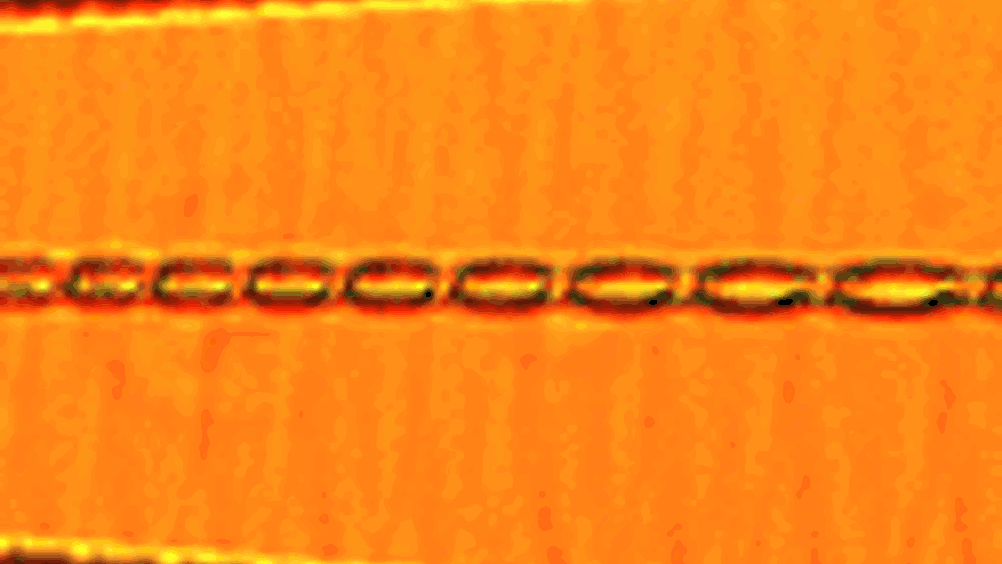Laser communications

Academics at
The new laser is special because it can transmit light signals over such a long distance without any loss of power, so the signal that is being sent barely deteriorates. When normal telephone conversations or data sent over the internet are converted to light in order to travel through standard optical fibres the signals lose around five per cent of their power for every kilometre that they travel. The signals then have to be amplified to ensure that they reach their destination. But any time the signals get amplified, the background noise gets amplified too, until it gets so high the signals can not be understood anymore.
Now Dr Juan Diego Ania Castañón and his colleagues at Aston University have used a special process called the Raman effect (a natural phenomenon that affects light passing through a material) to transform a long optical fibre into an ultra-long laser.
Register now to continue reading
Thanks for visiting The Engineer. You’ve now reached your monthly limit of news stories. Register for free to unlock unlimited access to all of our news coverage, as well as premium content including opinion, in-depth features and special reports.
Benefits of registering
-
In-depth insights and coverage of key emerging trends
-
Unrestricted access to special reports throughout the year
-
Daily technology news delivered straight to your inbox










CCC Report Finds UK Climate Targets Still Within Reach
In 1990 67% of the UK´s electricity came from coal-fired power stations and even without renewables the transition to gas was a major contributor to...